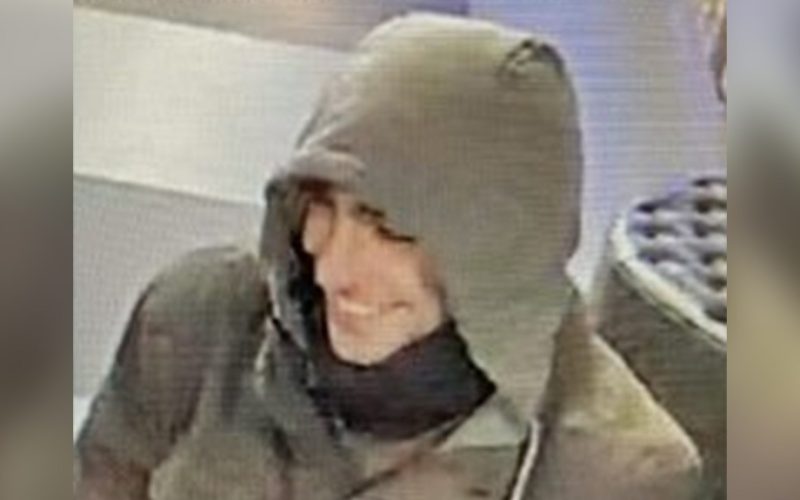Two Manhattan criminal cases have dominated headlines this week. In both, the presence of cameras was instrumental — and in the best possible way. Those who bristle at our supposed surveillance society should stop and appreciate the good that recording images does. Memories can become foggy; still photos and videos don’t change.
Luigi Mangione was arrested Monday in a Pennsylvania McDonald’s after a customer thought a man he saw resembled the fellow on wanted posters, and called in a tip to local police. Those pictures wouldn’t exist if police hadn’t caught the act on a street camera, and then followed him on other CCTVs, and then determined that he’d stayed at a youth hostel on the Upper West Side — from which a camera at the check-in desk caught his smiling face.
Granular police work — talking to people and following leads and running down other forensic evidence — was essential connective tissue, of course, as it always is. But without cameras, there’s a very high likelihood that the murder of UnitedHealthcare CEO Brian Thompson would be among the roughly 50% of killings that aren’t solved by police here.
So too was video central to the Daniel Penny jury’s deliberations; on their second day, they asked to study police body camera footage, Penny’s interrogation video and a bystander’s video. On their third day, they again asked to see bystander videos, with the judge giving them access to a laptop so they could view them over and over again. If Penny’s attempt to subdue Jordan Neely hadn’t been captured on camera, justice would’ve been relatively blind — in the worst sense of the word.
So too have cop-worn body cameras, and closed-caption cameras, and bystander videos been crucial to ferreting out abusive policing like what Daniel Pantaleo employed against Eric Garner, as well as exonerating cops accused of the worst who were, in fact, doing their jobs according to their training and their best judgment.
The utility of cameras goes beyond the criminal realm. Quite cleverly, researcher Benjamin Arnav has trained artificial intelligence to analyze publicly available Department of Transportation camera footage to find evidence of police prematurely closing parking complaints — as well as to expose the fact that bike lanes, where motorized scooters are legally barred, are in fact overrun with them.
None of this is to say that cameras should be in private spaces, or even in every public one. The Constitution’s Fourth Amendment protects against unreasonable searches, which means that where there’s an expectation of privacy, faces ought not be captured.
Facial recognition technology is getting increasingly powerful; it needs to be carefully regulated. We are enthusiastic supporters of using such software to catch violent felons; using it to identify peaceful protesters or to ban patrons from Madison Square Garden or to identify people in real-time when they’re minding their own business is another matter entirely.
Still, it was just 15 years ago that civil libertarians were in a tizzy about Mayor Mike Bloomberg’s plans to blanket downtown Manhattan with “Ring of Steel” cameras to prevent terrorism and solve crimes. These days, practically the entire city’s inside a ring of steel, and it’s mostly for the better.








